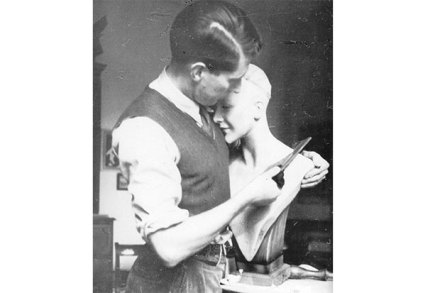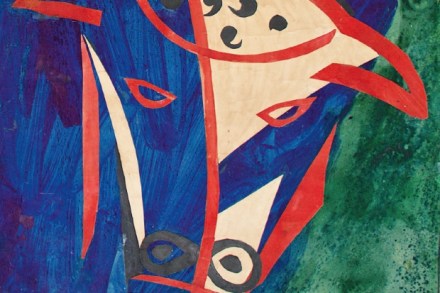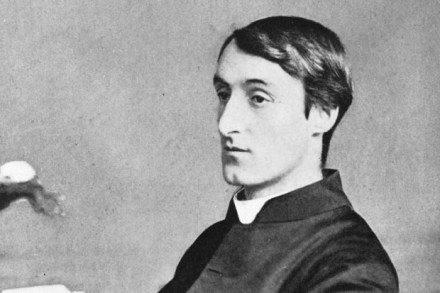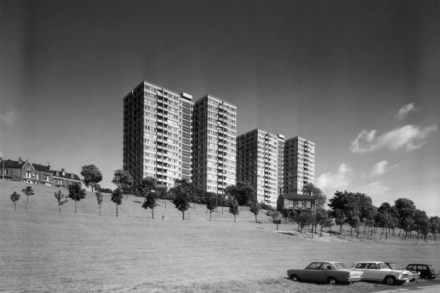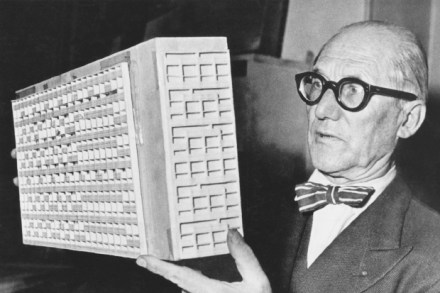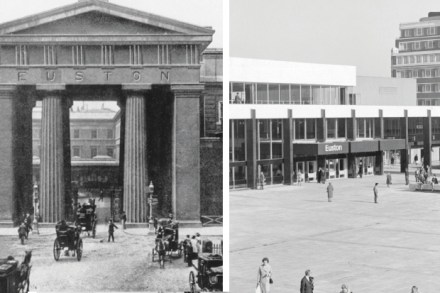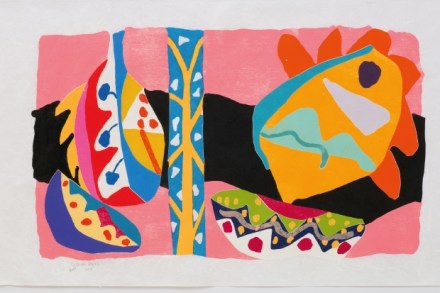Peggy Guggenheim
She had come a very long way from the shtetl, but Marguerite ‘Peggy’ Guggenheim was still the poor relation of her fabulously wealthy family. Although these things are, of course, relative. It was her uncle Solomon, enriched by mining, who first made the family’s name. Peggy’s father sank with the Titanic in 1912. Eventually Solomon’s museum, a Frank Lloyd Wright design as magnificent as it was absurd, became a New York landmark. Peggy never much cared for it, so she built her own elsewhere. Guggenheim was no one’s idea of a great beauty, but possessed enough lust, fortune and ambition to compensate. She moved to France just as traffic on



